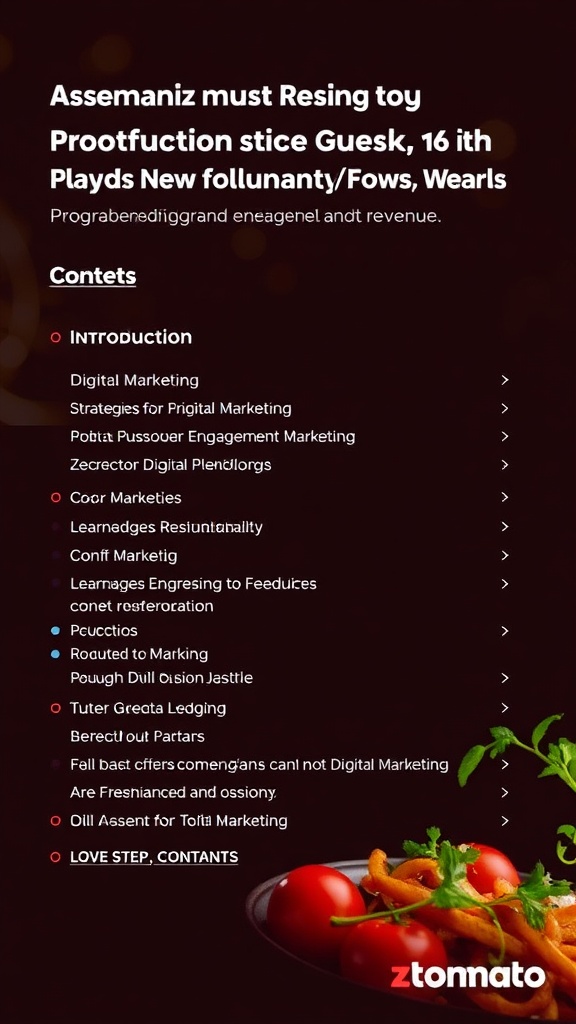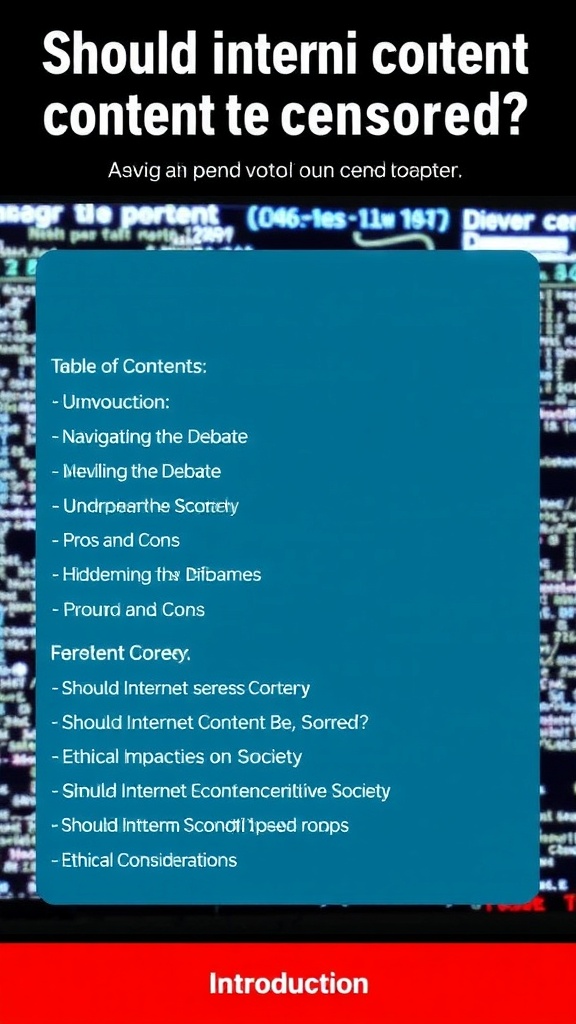Building a High-Performance Marketing Team: Recruitment, Training, and Management Strategies for Digital Success
Building a High-Performance Marketing Team: Recruitment, Training, and Management Strategies for Digital Success
In today’s fast-moving digital landscape, the success of your business hinges on the strength of your marketing team. A high-performance marketing team can drive growth, enhance brand visibility, and consistently deliver outstanding results. This comprehensive guide walks you through the critical elements of recruiting, training, and managing digital marketing talent—so you can build a marketing team structure that scales with your ambitions.
1. Understanding Modern Marketing Team Structure
Before hiring, it’s crucial to define the ideal marketing team structure for your organization. A well-designed structure aligns skills with goals and ensures clear responsibilities. Typically, digital marketing teams comprise:
- Leadership: Chief Marketing Officer (CMO), Head of Marketing
- Strategy: Marketing Strategist, Analytics Lead
- Execution: Content Marketers, SEO Specialists, Paid Media Managers
- Creative: Designers, Copywriters, Video Producers
- Technology: Marketing Automation, CRM Specialists
- Support: Project Managers, Marketing Assistants
For a deeper dive into various marketing team structure examples, see our dedicated guide.
Case Study: Scaling a Startup’s Marketing Team
When SaaS startup GrowFast expanded beyond founder-led marketing, they adopted a pod-based structure—grouping specialists around core product lines. This flexible approach enabled rapid scaling and better alignment with business objectives.
2. Recruiting Top Digital Marketing Talent
Effective digital marketing hiring goes beyond scanning resumes. Here’s how to attract and select the best candidates:
2.1 Define Clear Roles and Competencies
Start by mapping the skills required for each role. Use competency frameworks to outline expectations, such as:
- SEO: Technical audits, keyword research, link-building
- Paid Media: Campaign setup, analytics, A/B testing
- Content: Editorial planning, storytelling, conversion copywriting
2.2 Source Candidates Strategically
Leverage diverse sourcing channels:
- Job boards (e.g., LinkedIn, Indeed, specialized marketing platforms)
- Employee referrals
- Industry meetups and conferences
- Social media outreach
2.3 Assess for Both Skills and Culture Fit
Utilize a mix of practical assessments (e.g., portfolio reviews, test campaigns) and behavioral interviews. Prioritize candidates who demonstrate adaptability, continuous learning, and alignment with your values.
Example: HubSpot’s Data-Driven Hiring Process
HubSpot uses case-based interviews and real-world marketing challenges to evaluate candidates’ problem-solving abilities, ensuring new hires are ready to hit the ground running.
3. Onboarding and Training for Lasting Performance
Robust onboarding and ongoing training are essential for high retention and performance.
3.1 Structured Onboarding Programs
Develop a 30-60-90 day plan that covers:
- Company mission, values, and marketing strategy
- Tools and technology stack training
- Clear performance expectations
3.2 Continuous Learning Culture
Invest in professional development through:
- Online courses and certifications (e.g., Google Analytics, HubSpot Academy)
- Conference attendance
- Internal knowledge-sharing sessions
Case Study: Adobe’s Marketing Academy
Adobe’s internal “Marketing Academy” program empowers marketers to upskill in data analytics, content strategy, and digital campaign management—leading to higher productivity and innovation.
4. Managing and Motivating High-Performing Teams
Great management unlocks your team’s full potential. Key strategies include:
4.1 Set Clear Goals and KPIs
Align team and individual objectives with business goals. Use SMART KPIs (Specific, Measurable, Achievable, Relevant, Time-bound) to track progress.
4.2 Foster Collaboration and Accountability
Encourage cross-functional teamwork through agile methodologies, regular standups, and transparent project management tools (e.g., Asana, Trello).
4.3 Feedback and Recognition
Implement regular feedback loops and celebrate wins to maintain motivation. Peer recognition programs can reinforce positive behaviors and culture.
Example: Netflix’s Freedom & Responsibility Culture
Netflix empowers marketers with autonomy, paired with high accountability, creating a culture where innovation thrives and performance expectations are clear.
5. Adapting Your Marketing Team for Growth
As your business evolves, revisit your marketing team structure and hiring needs. Consider:
- When to hire generalists vs. specialists
- How to integrate freelancers or agencies for flexibility
- Scaling technology and automation as team size grows
For more on scaling your team, check out our guide to scaling digital marketing teams.
6. Actionable Takeaways
- Design a marketing team structure that aligns with your business goals and growth stage.
- Use competency frameworks and real-world assessments to hire digital marketing talent.
- Invest in structured onboarding and continuous training to drive lasting performance.
- Set clear goals, foster collaboration, and provide regular feedback to motivate your team.
- Be ready to adapt your team structure and hiring strategies as your organization grows.
7. Internal Resources and Further Reading
- Marketing Team Structure Examples
- Digital Marketing Hiring Best Practices
- Scaling Digital Marketing Teams
Conclusion
Building a high-performance marketing team is an ongoing process. By investing in strategic hiring, robust training, and effective management, you can assemble a marketing powerhouse that drives sustainable growth and innovation in the digital age.







